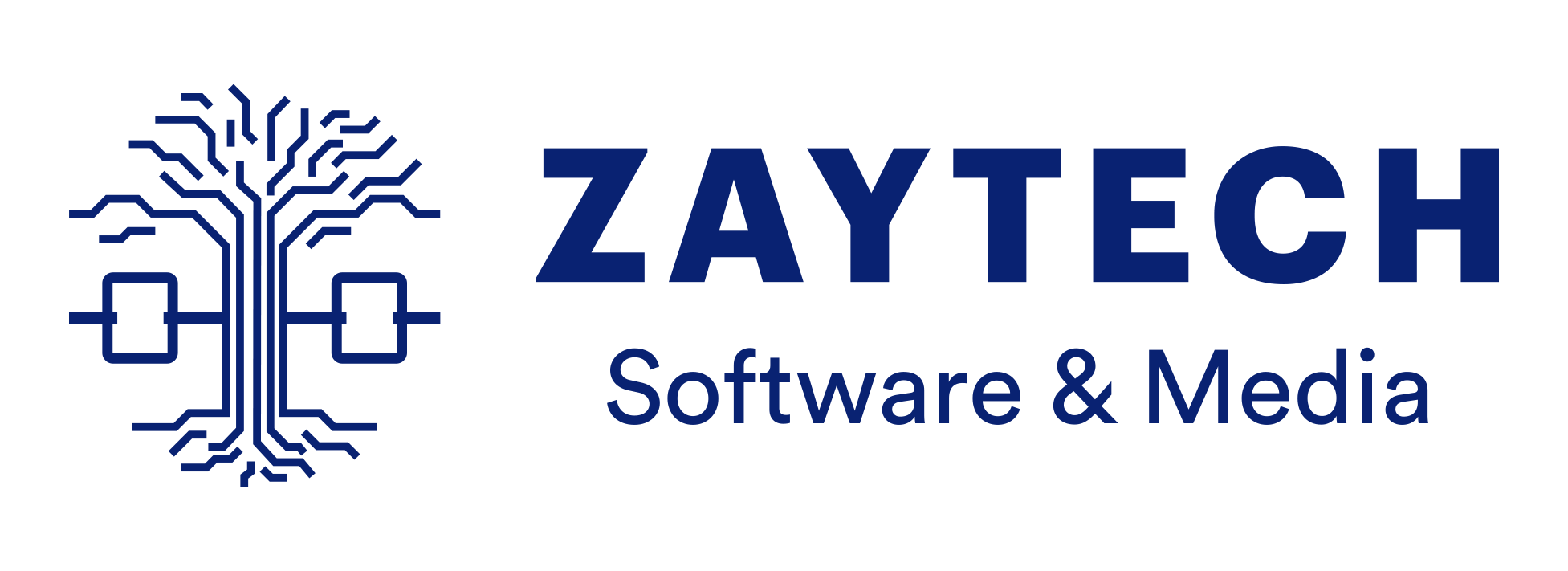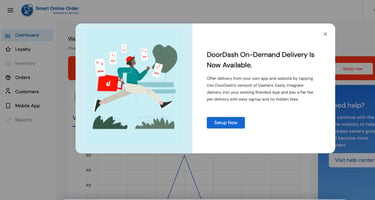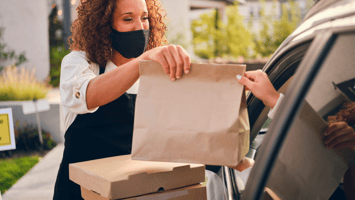DoorDash is a food delivery service that partners with restaurants to deliver meals to customers....
The story of Smart Delivery- how it started, and the challenges it faced
It's a familiar story.
An ambitious entrepreneur believes they a great idea and starts to bring his or her vision to life. Things are going well at first, but then the service hits a snag. The entrepreneur scrambles to find a solution, but nothing works and the vision falls short.
This is the story of Smart Delivery, a food delivery service that failed in providing food delivery services in Mountain House and the surrounding areas of Tracy.
In this post, we'll explore what went wrong with Smart Delivery and what lessons can be learned from its failure.
Make sure to keep reading to the end as I will discuss the lessons learned from this Online Delivery App and how you can take failure and turn it into an opportunity.
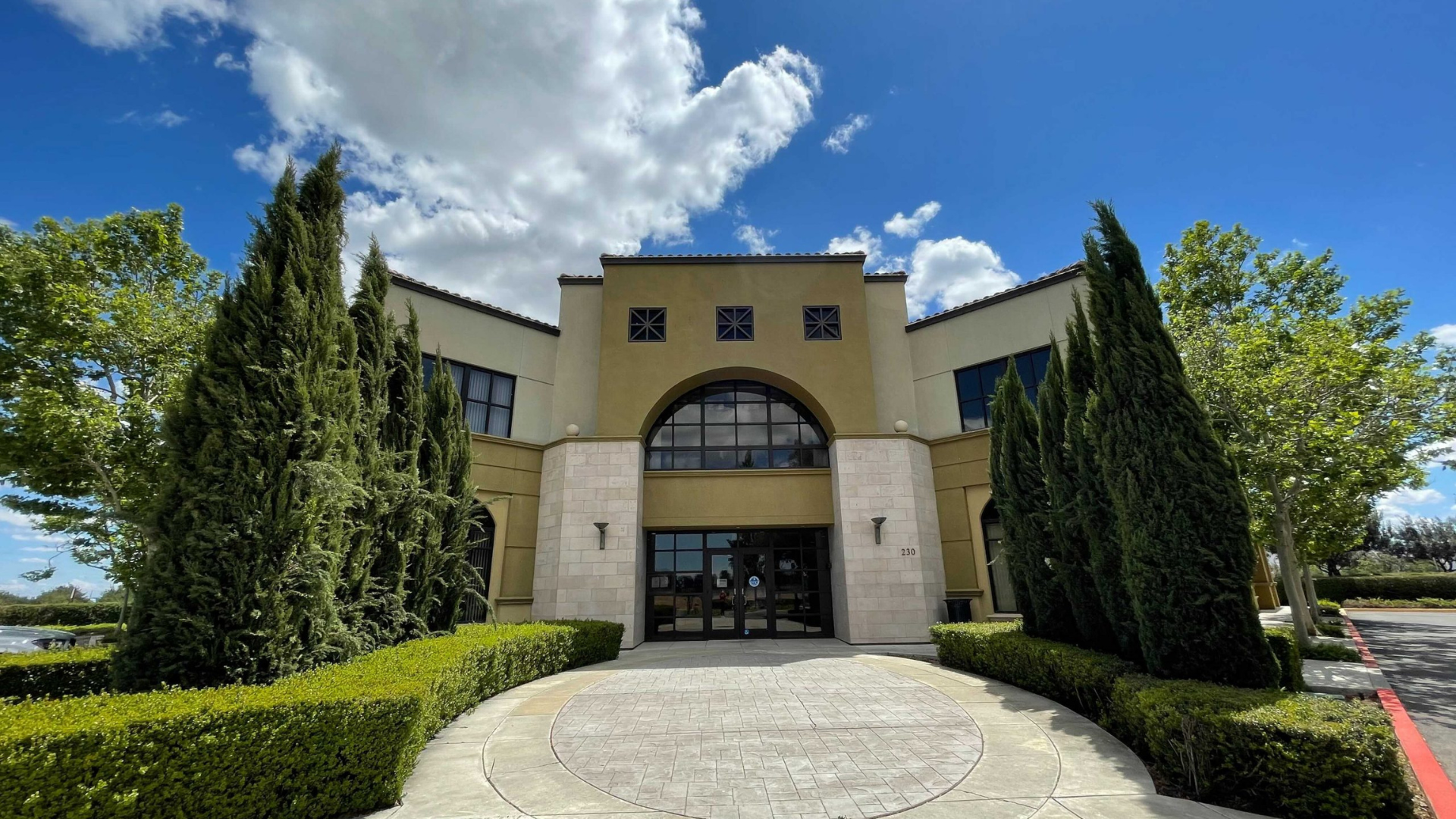
Pre-Pandemic:
Long before Doordash and Grubhub, Smart Delivery was one of the first food delivery apps that offered its services to businesses in Tracy and Mountain House.
Before the pandemic, food delivery apps were not as popular as they are now. In fact, many people saw them as a luxury, something that was only for people who were too busy to cook or didn't want to leave their homes.
Smart Delivery was one of the food delivery services that tried to find a product market fit in the pre-pandemic world.
The Online Delivery App was founded in Mountain House, California.
Mountain House is a community of about 25,000 people located in the San Joaquin Valley. The town is about an hour's drive from San Francisco and Oakland.
It is the headquarter of Zaytech, a software company that makes a suite of Apps for the Clover POS such as Online Ordering, Donations, Discounts, White-Labeled iPhone and Android Apps, and Social Media Marketing.

The challenges:
Smart Delivery was started in late 2017 as providing value in the food delivery market. At the time, there were very few food delivery apps, and the app was seen as an opportunity to fill a need.
The app was offered as a convenience to an existing app called Smart Online Order. The main app offered Online Ordering for restaurants while Smart Delivery was created as an extension of that, "Deliver the food to the customer".
The app started off slow, with Arya Farm Produce, a local business in Mountain House as its first customer. Within a few short days, the first order came through. It was an exciting moment as it signified that the product had value.
For the next few months, I continued to reach out to more businesses and promote the app. I even handed out free t-shirts, gave free stickers with the app's logo to try and get businesses to use the service.
I tried my best to explain the process and show the potential benefits, but it was clear that they couldn't understand what I was talking about. It proved challenging, as most businesses were not familiar with the concept of food delivery outside of pizza shops and some Chinese food restaurants, let alone an app-based one.
Some businesses even laughed at me when I said it.
"Your App will summon a driver and do my Food delivery? In Tracy? You must be joking!"
I tried to ignore the naysayers, but it wasn't easy.
I continued to promote the app, adding a few more businesses each week.
But, it wasn't growing as fast as I had hoped.
I knew I had to find a way to make the app more visible and attract more customers. But, no matter what I did, the app just wasn't taking off.
I was starting to feel defeated.

Lessons learned from the Smart Delivery experiment
There are many lessons to be learned from the failure of Smart Delivery.
First, it's important to choose the right markets to target. The app focused on small towns like Tracy and Mountain House which were more accustomed to visiting local businesses in person.
The app should have focused on larger cities like San Francisco or Oakland where there is a higher density of people who are used to ordering food online.
Second, it's important to have a clear value proposition. When I was promoting the app, I had difficulty explaining what the app did and why someone should use it. I should have made a fancy flyer to explain the entire concept in one go.
Third, it's important to have a solid marketing strategy. I tried various marketing strategies, but none of them seemed to work. In retrospect, I should have focused on online marketing rather than offline marketing. Smart Delivery relied too heavily on word-of-mouth marketing, which wasn't enough to reach potential customers.
Fourth, it's important to have realistic expectations. I was expecting the restaurants to sign up with less resistance, but sometimes, it's hard to get people to commit to something they don't fully understand will work.
Finally, it's important to have a sustainable business model. The app didn't charge any commission, it charged a flat delivery fee, which was given to the delivery driver along with the tip. The idea was to make the platform more popular, by making it affordable for the customer, but in reality, it was hard to make money with that business model. At that rate, It would need enough funding for at least 5 years to make a profit.
At the time of this writing, DoorDash has yet to make a profit. They are funded by Venture Capitalists. But, I have a hunch that they will eventually make a profit. And when they do, it will be because they followed the 5 aforementioned keys to success.
Furthermore, since the app launched before the pandemic, there wasn't enough demand for food delivery in these areas.
In the end, I learned a lot from the Smart Delivery experiment. And while it was a failure, it was a valuable lesson in startups and marketing.
 What could have been done to save Smart Delivery?
What could have been done to save Smart Delivery?
They say hindsight is 20/20. If only we could go back in time, maybe things would be different. But we can't change the past, and all we can do is learn from our mistakes.
It's too easy to simplify it and say "If only X, then Y", but the truth is, we'll never know. All we can do is learn from our mistakes and try to do better next time.
With that being said, Smart Delivery was still a great idea, but it failed because people didn't use it enough; I believe it arrived on the market too early.
Smart Delivery app struggled to find restaurants that were willing to sign up and it was hard to explain the concept to customers, especially, before the pandemic.
Warren Buffet would say, it's not about timing the market, but rather time in the market.
However, with technology companies, it's more about timing the market.
And in this case, Smart Delivery was too early.
It's also important to remember that not all ideas are successful.
In fact, most startups fail. And that's okay. What matters is that we learn from our mistakes and try to do better next time.
Take the example of WebVan, an online grocery delivery service that was founded in 1996 and shut down in 2001. At the time, it was one of the most well-funded startups, with $375 million in venture capital. But it failed because people weren't ready for online grocery delivery. It's only now, 20 years later, that online grocery delivery is starting to become popular.
Smart Delivery suffered a similar fate as Webvan and Smart Delivery closed down due to a lack of funding and customers.
It was a sad day for the team, but we're proud of what we accomplished. We learned a lot from the experience, and we're grateful for the opportunity to have tried something new.
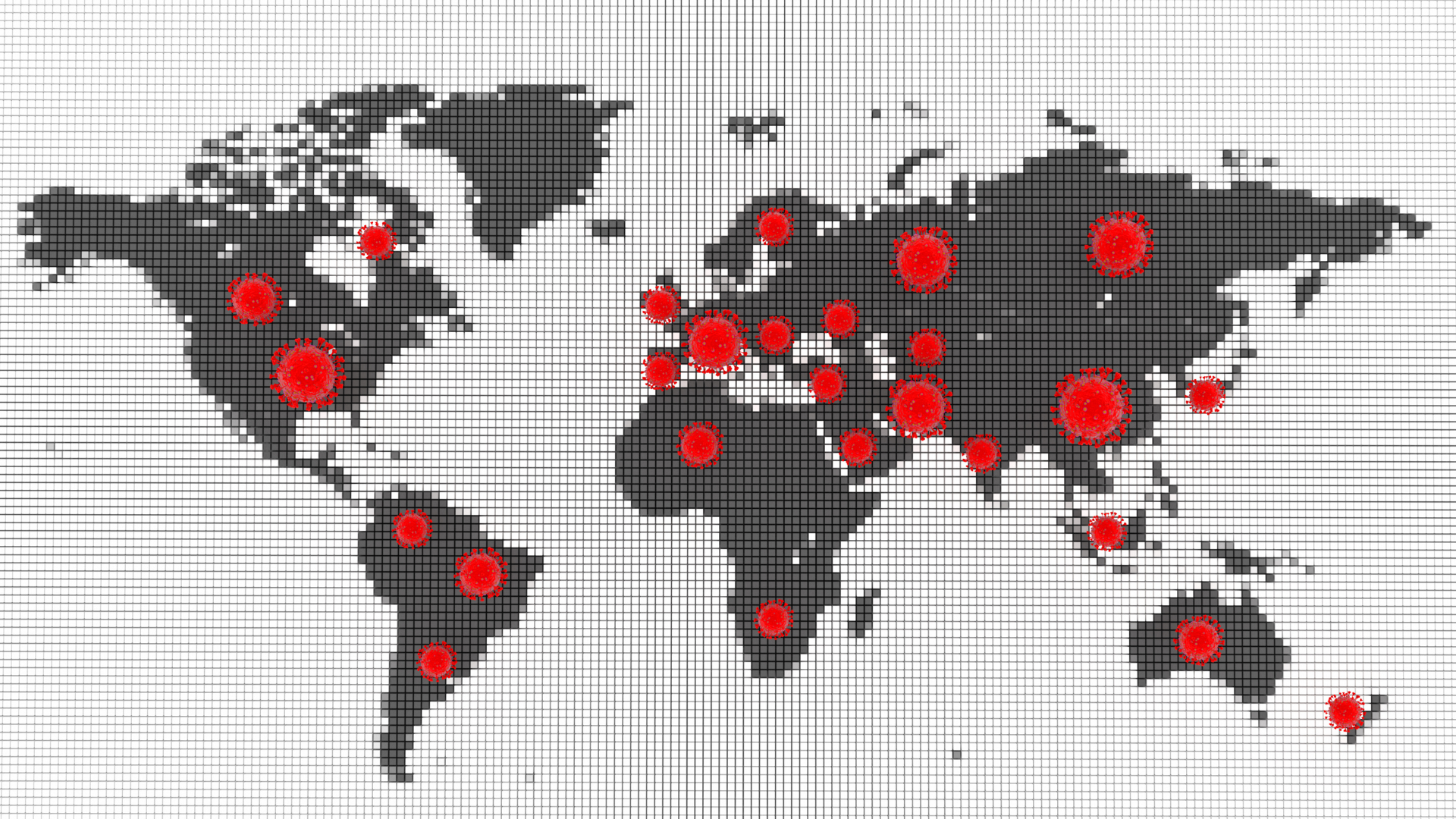
And then the pandemic hit
The pandemic changed everything. While most businesses saw a decrease in customers, there was a surge in demand for food delivery and Online Orders.
Suddenly, people were willing to pay for the convenience of having their food delivered to their doorstep.
Doordash, Uber Eats, and GrubHub saw a boom in business, while many other businesses struggled to stay afloat.

Opportunity
While Smart Delivery may have already shut its doors, Smart Online Order was doing quite well. The Online Ordering app had a strong presence and offered a convenient way for restaurants to offer Online Ordering.
Rather than try to resurrect Smart Delivery, it was decided to work with Doordash, another food delivery service. This was a wise move for several reasons. First of all, Doordash is a well-established player in the market, and it has a vast network of restaurants and customers.
Second, by working with Doordash, and integrating their core competency and technology into Smart Online Order. Business owners and customers can get the best of both worlds.
Businesses can offer Online Ordering using their websites or Branded Apps and summon a Doordash Driver by offering Delivery.
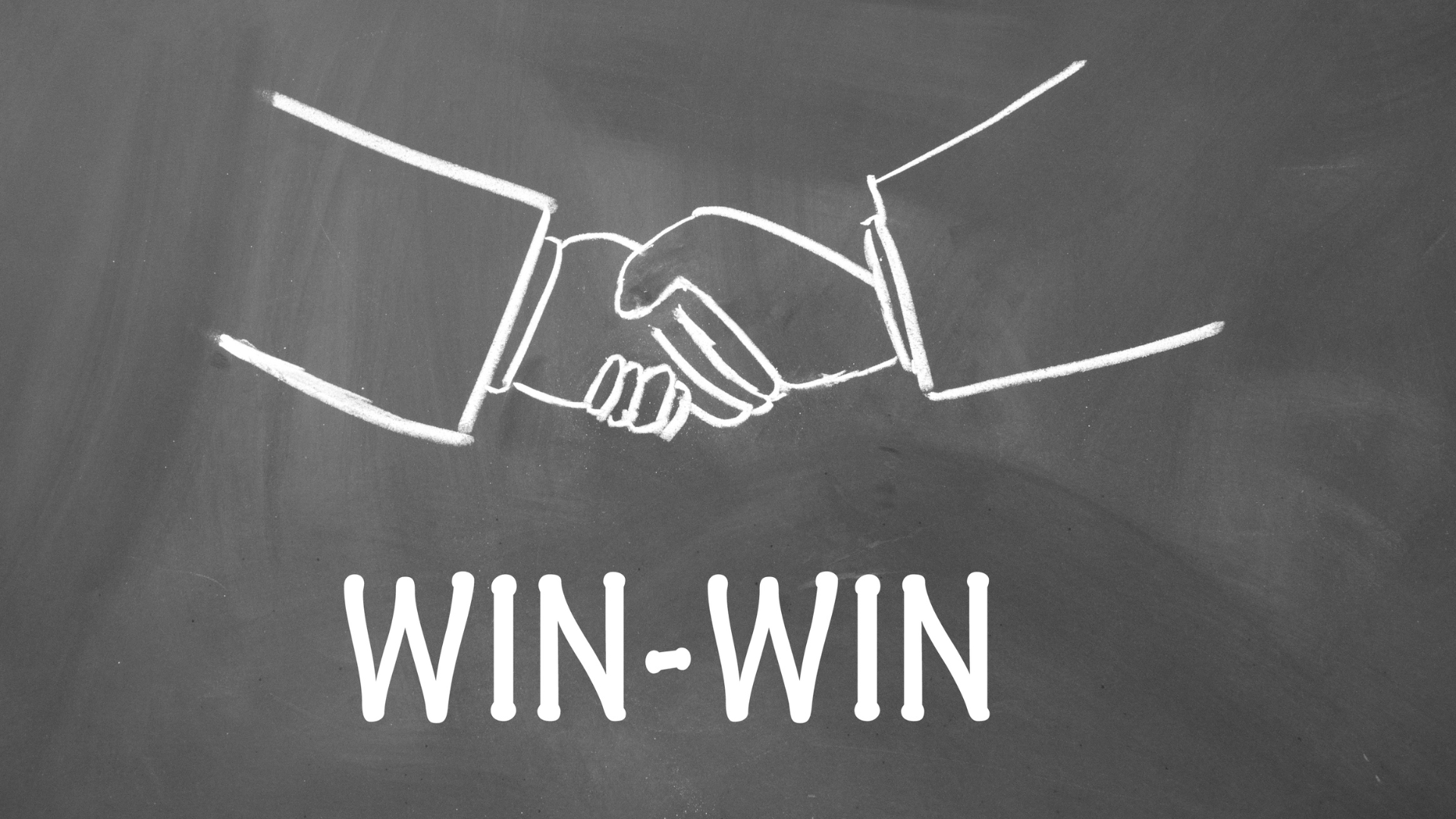
There is no need to reinvent the wheel
The partnership with Doordash is a win-win for both companies, and it allows Smart Online Order to reach more users.
Today, Smart Online Order is one of the leading online ordering platforms in the market. And we plan to continue to work closely with Doordash to provide a great food delivery experience for restaurants.
Conclusion:
As any businessperson knows, failure is a part of doing business. No matter how well a product is researched or how talented the team, there is always a risk that it will not meet customer needs or that the market will not be receptive.
However, failure can also be an opportunity. By studying why a product failed, companies can learn from their mistakes and develop a better understanding of their customers. In some cases, failure can even lead to success. For example, when Apple released the Newton personal digital assistant in 1993, it was widely ridiculed. However, the company used the feedback to improve the design and release a more successful version of the device, which became known as the iPod. This goes to show that failure can turn into an opportunity.
Furthermore, If another company offers a complimentary service or product, it is better to partner with them rather than try to compete. This is the case with Smart Online Order and Doordash. Rather than trying to revive Smart Delivery, the team decided it was better to join forces with DoorDash. This allows Smart Online Order to focus on Online Orders while at the same time, take advantage of Doordash's established network and reach more customers. The partnership can be beneficial for both companies and can result in a better experience for customers.
In conclusion, failure can be an opportunity to learn and improve. If a company offers a complementary service or product, it is often better to partner with them than try to compete. These strategies can help companies overcome failure and turn it into success.
